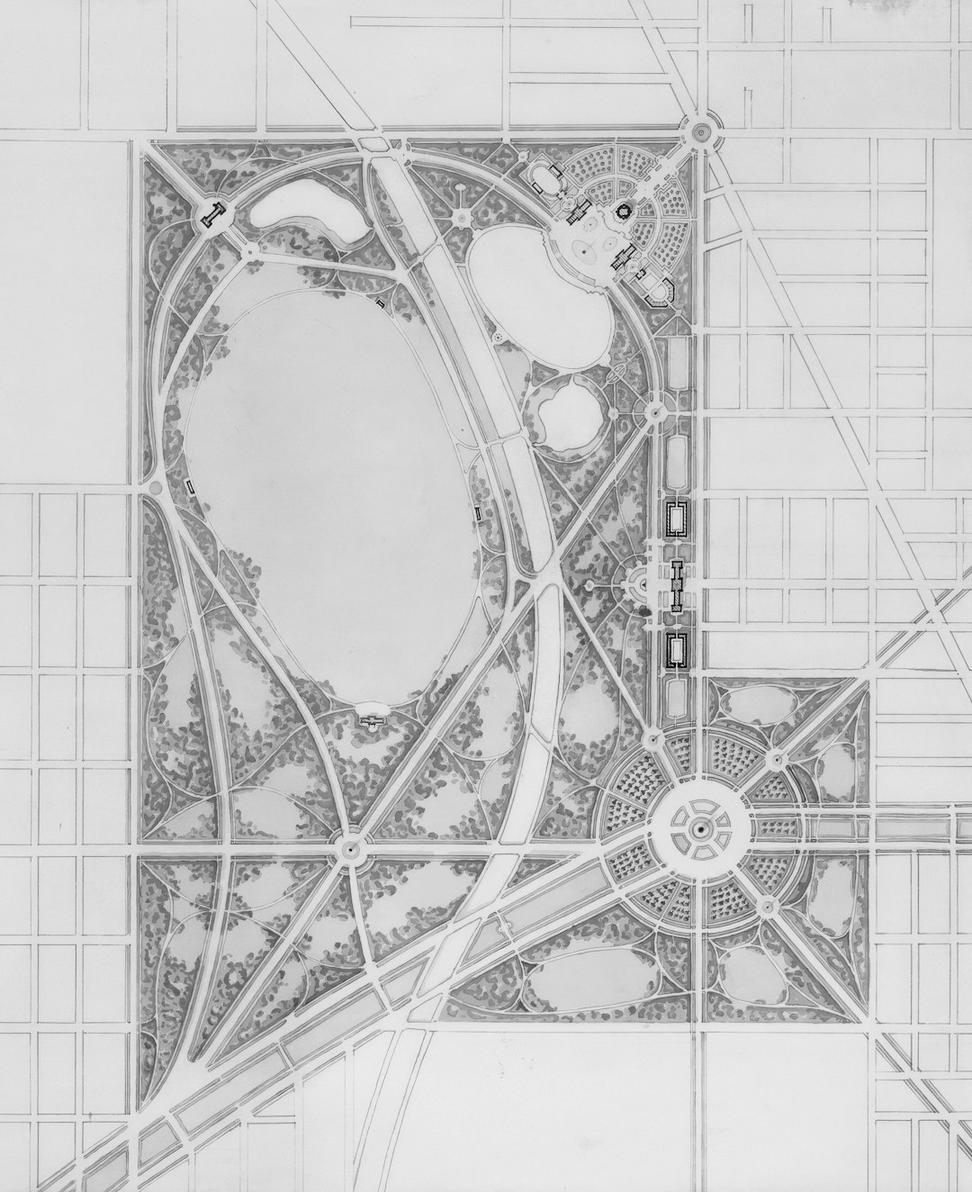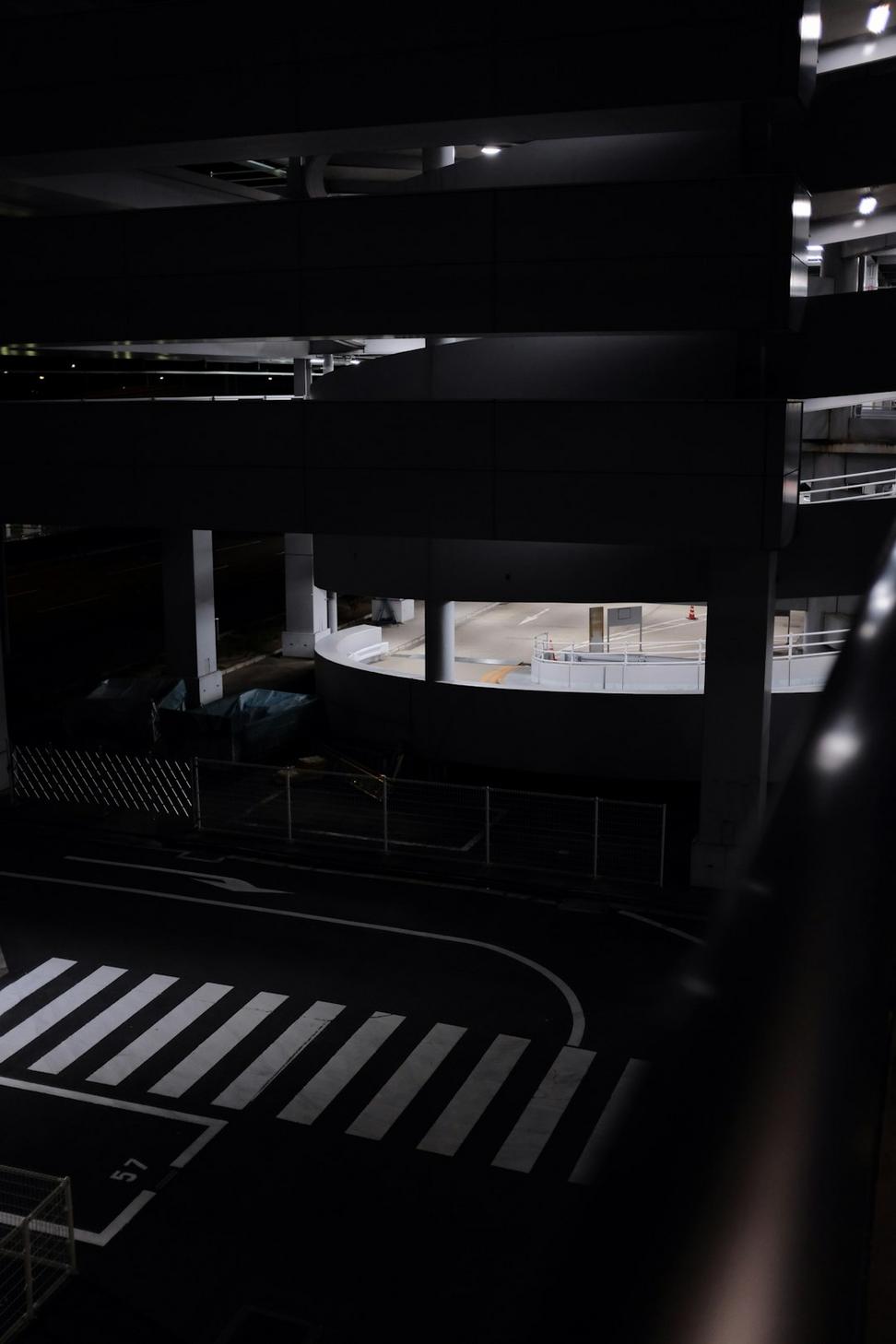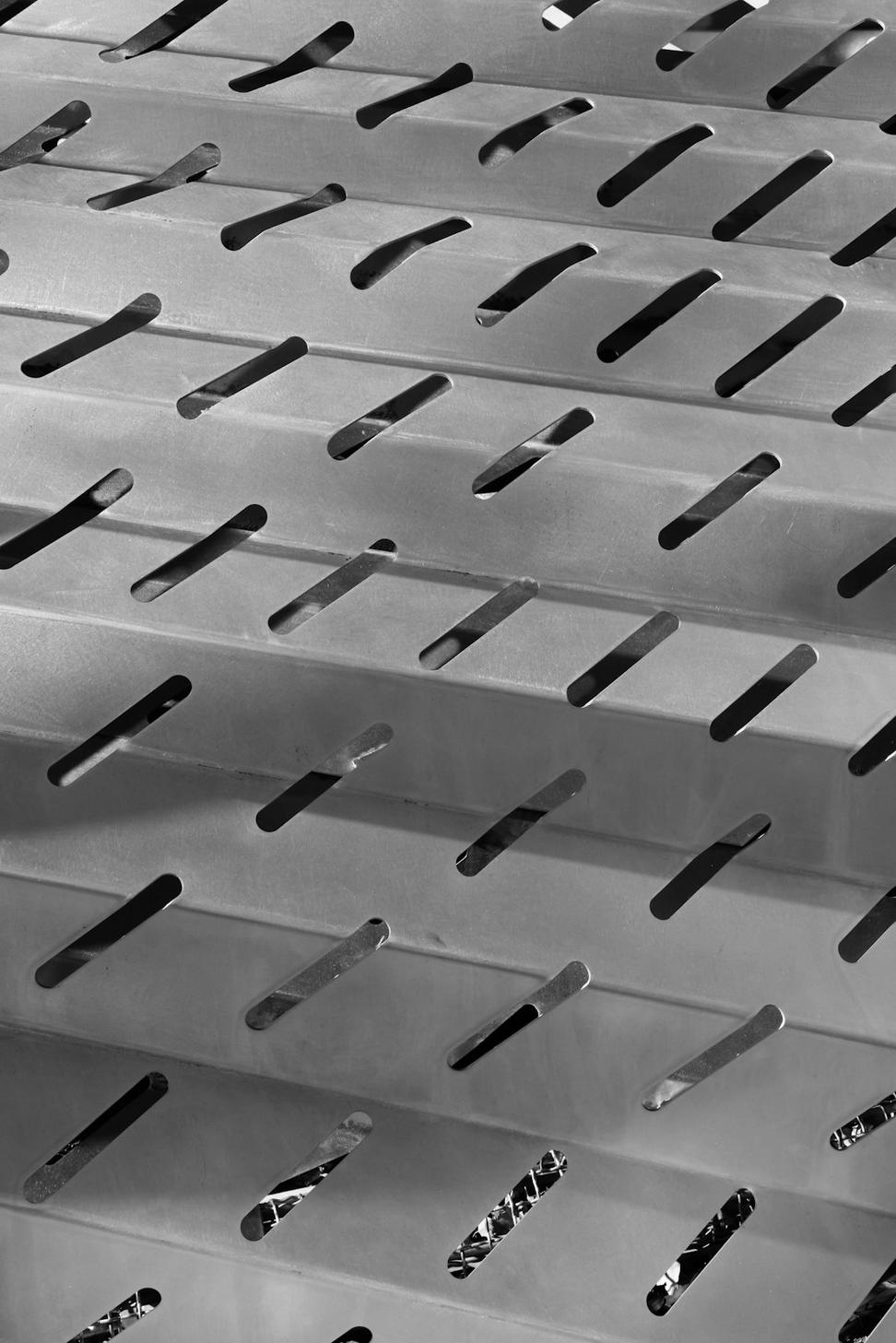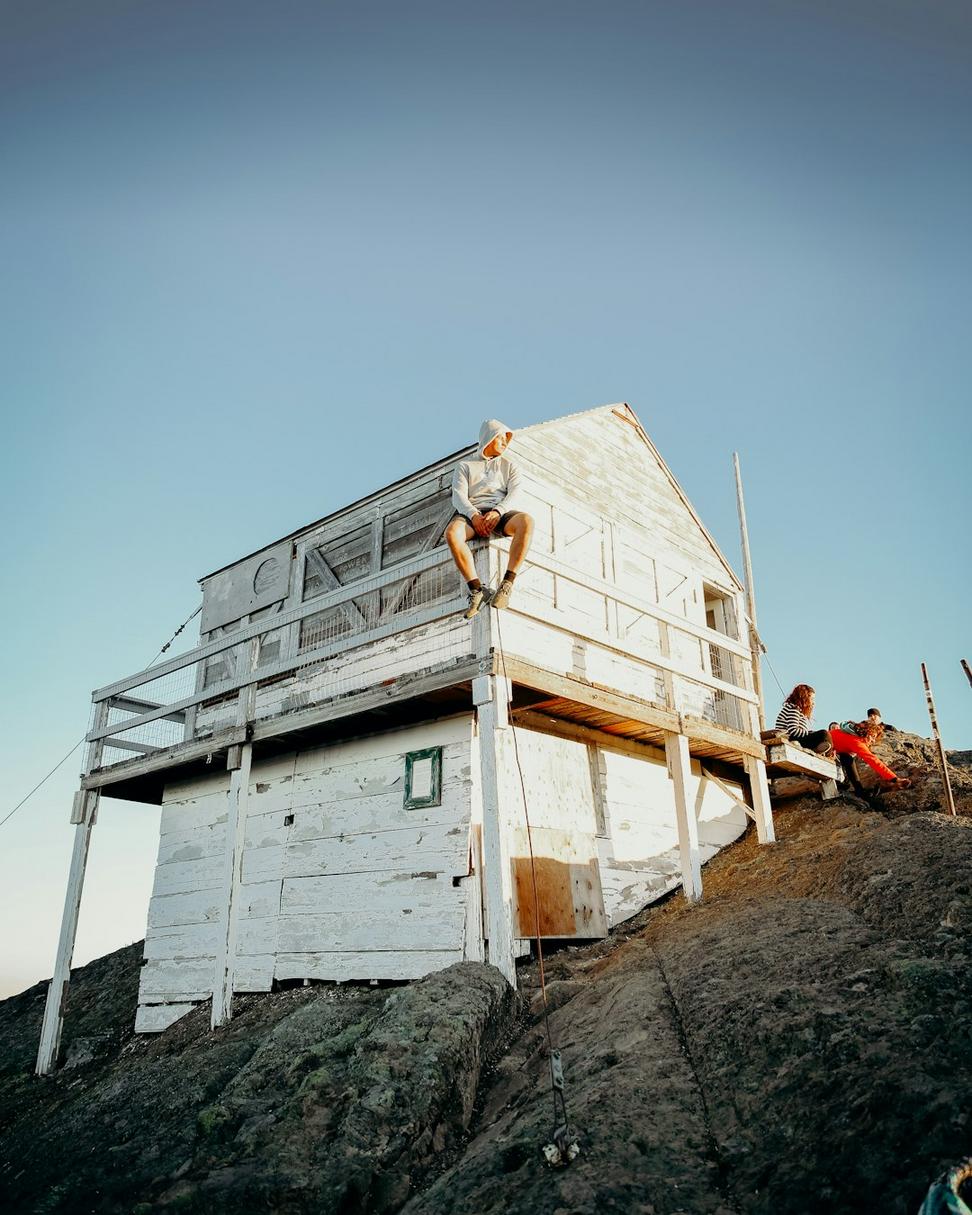Project Transformations
See what happens when you respect the bones of a building
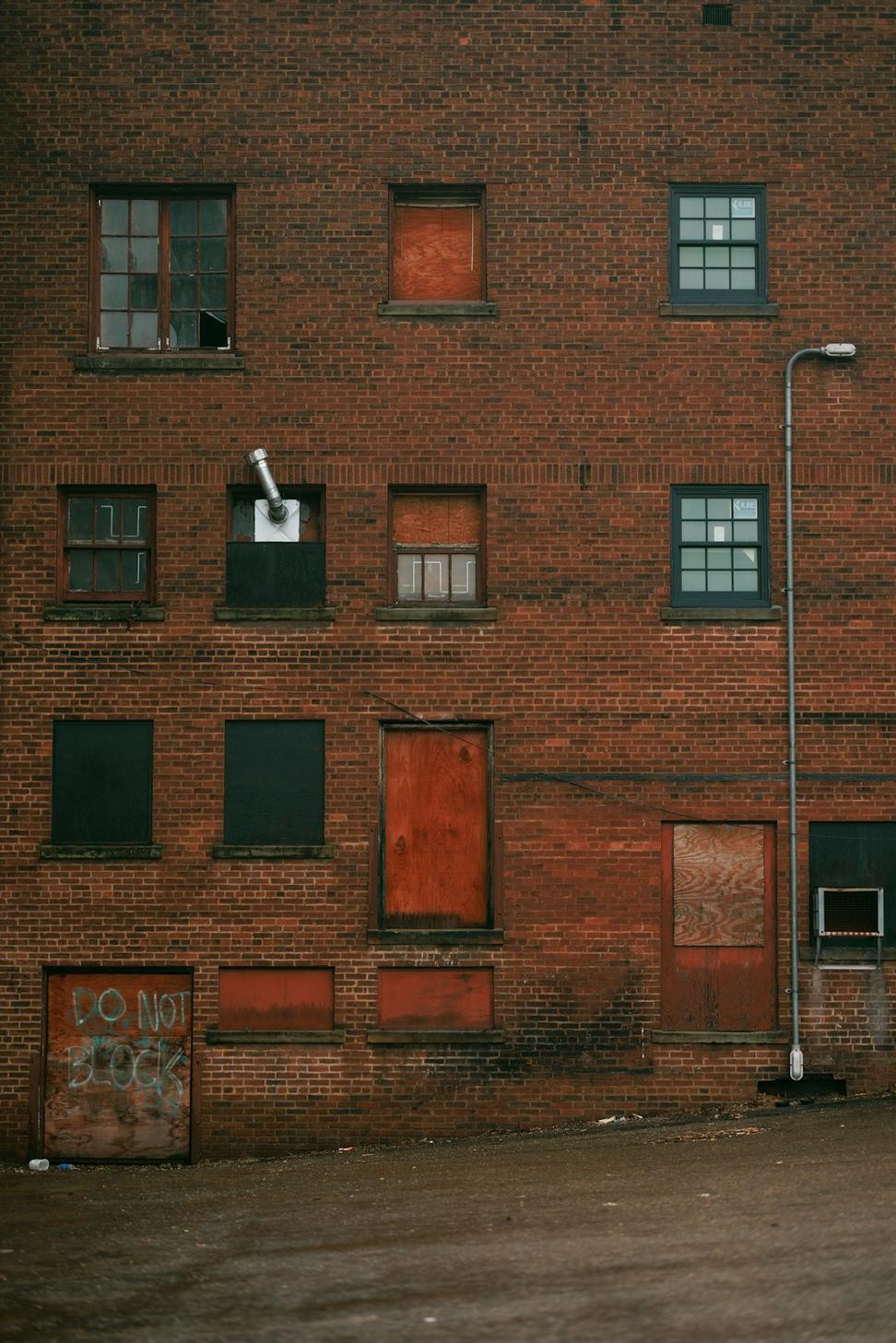
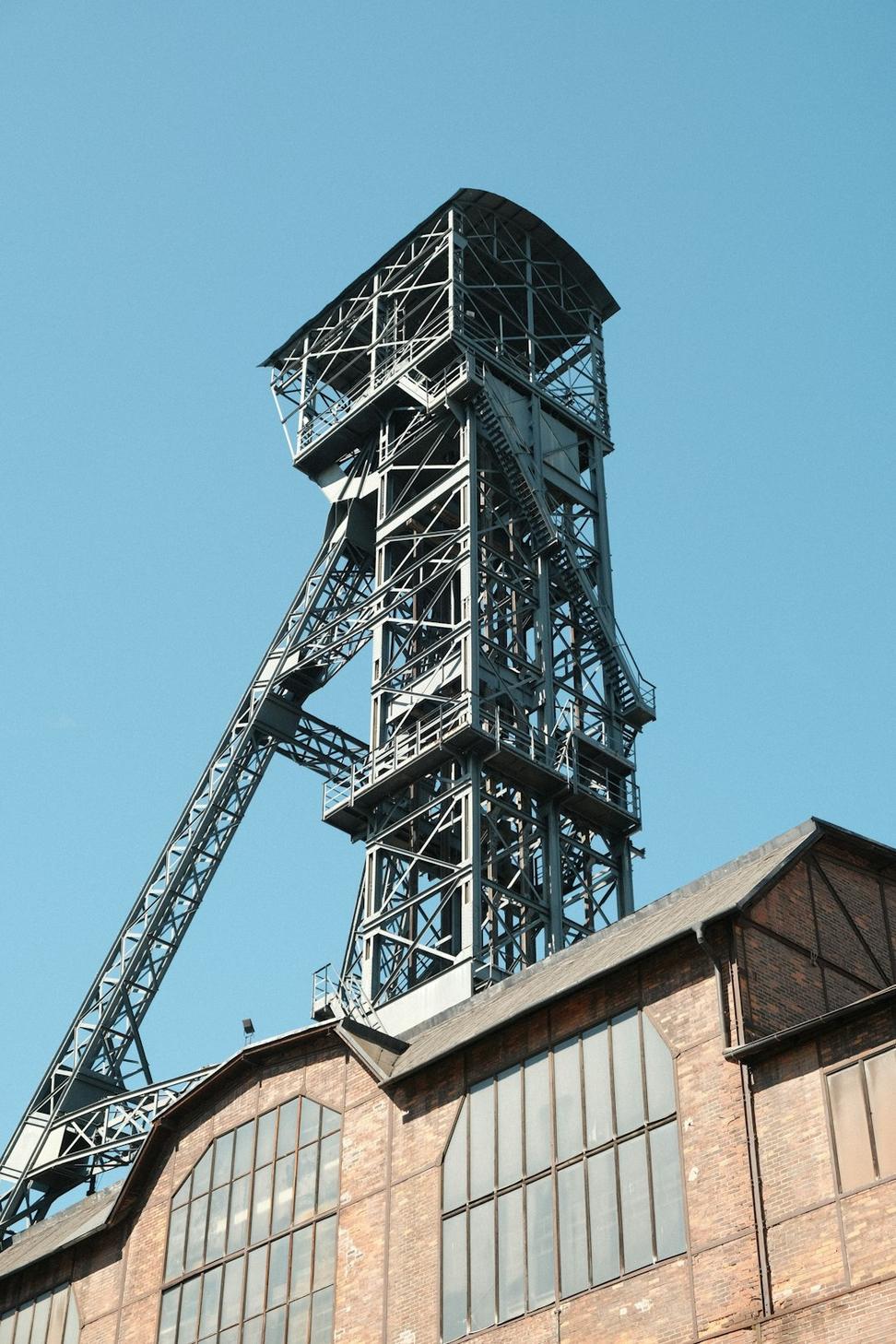
Granville Ironworks Revival
This 1912 foundry was basically a rust sculpture when we found it. Owner wanted to turn it into mixed-use space but didn't wanna lose the character - and man, did it have character.
We kept the original steel trusses, exposed 'em actually. They'd been hidden behind drop ceilings for 40 years. Reinforced where we needed to, but left the patina. Those bolt heads tell stories.
- Original steel frame preserved & stabilized
- Historic crane rails integrated as design feature
- New steel additions using period-appropriate techniques
- Adaptive reuse for modern commercial space
Completed: March 2024 | Heritage Designation: Municipal
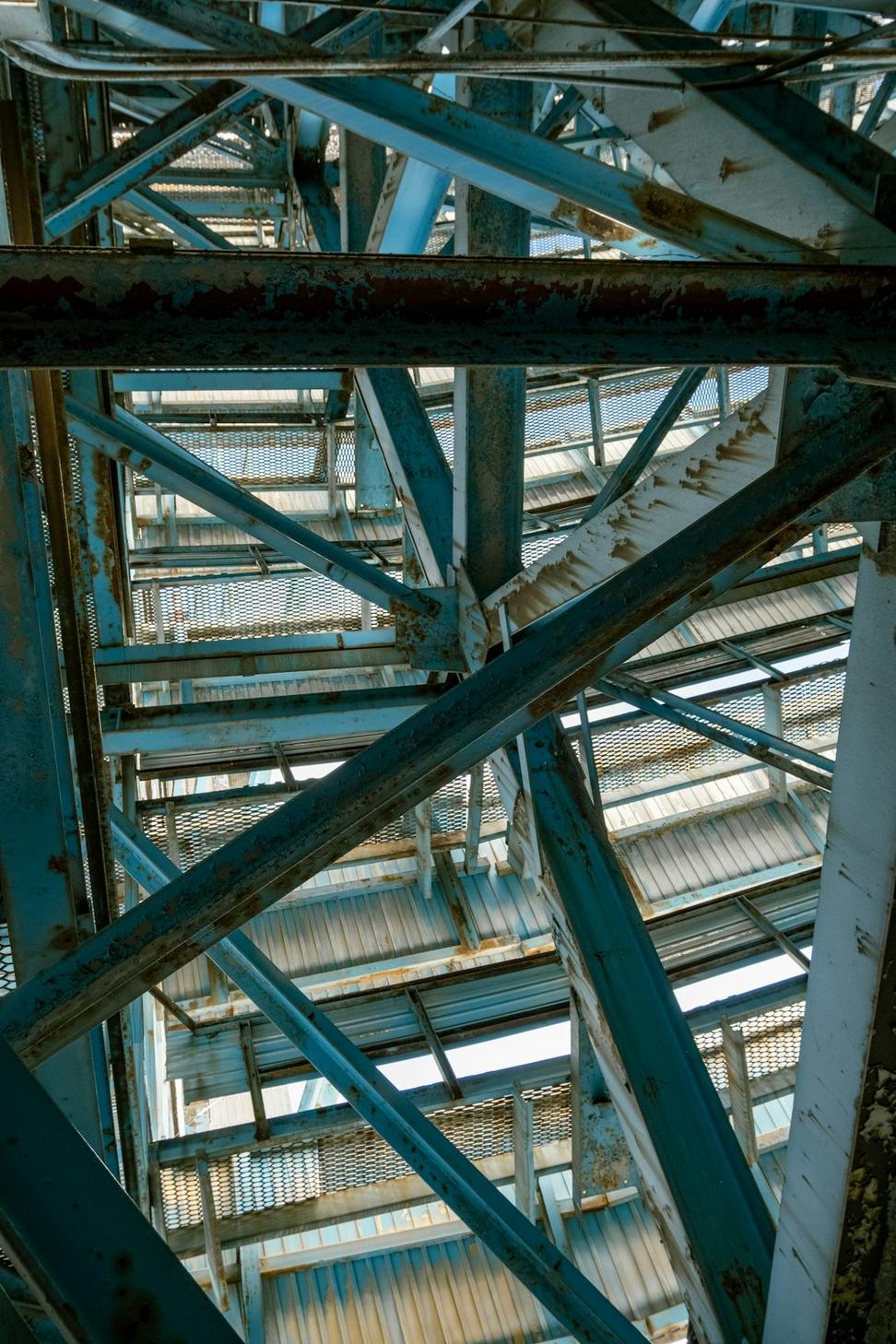
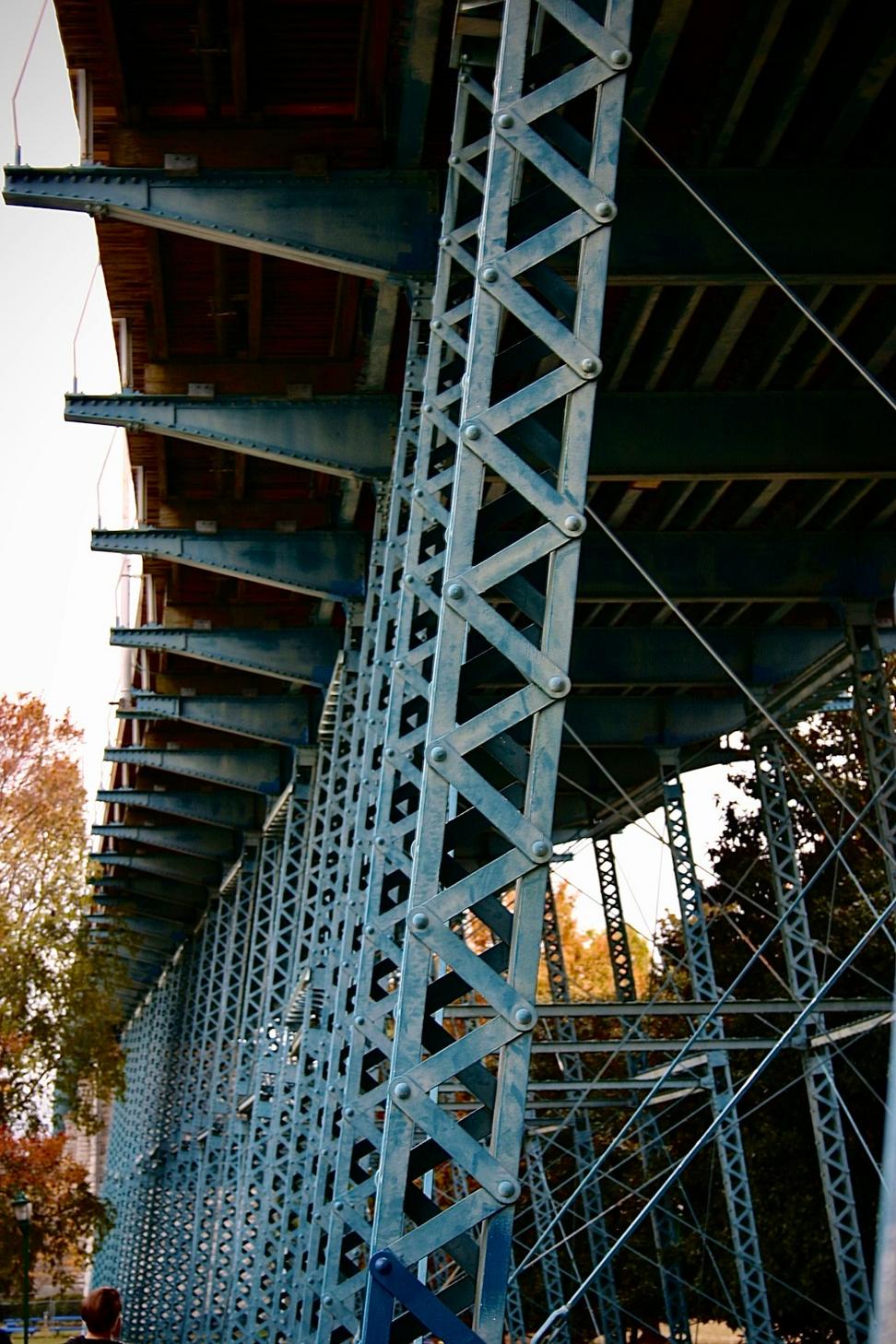
False Creek Rail Bridge Conversion
City wanted to save this 1920s rail bridge but couldn't justify the cost until we pitched turning it into a pedestrian crossing. The bones were solid - just needed some love and a new purpose.
We documented every rivet pattern, matched the original steel specs, and brought in welders who understood hot-rivet construction. The new deck's modern, sure, but it sits on history.
- Structural assessment & load recalculation
- Period-accurate steel repair techniques
- Contemporary pedestrian deck integration
- Seismic upgrading while maintaining character
Completed: November 2023 | Heritage Designation: Provincial
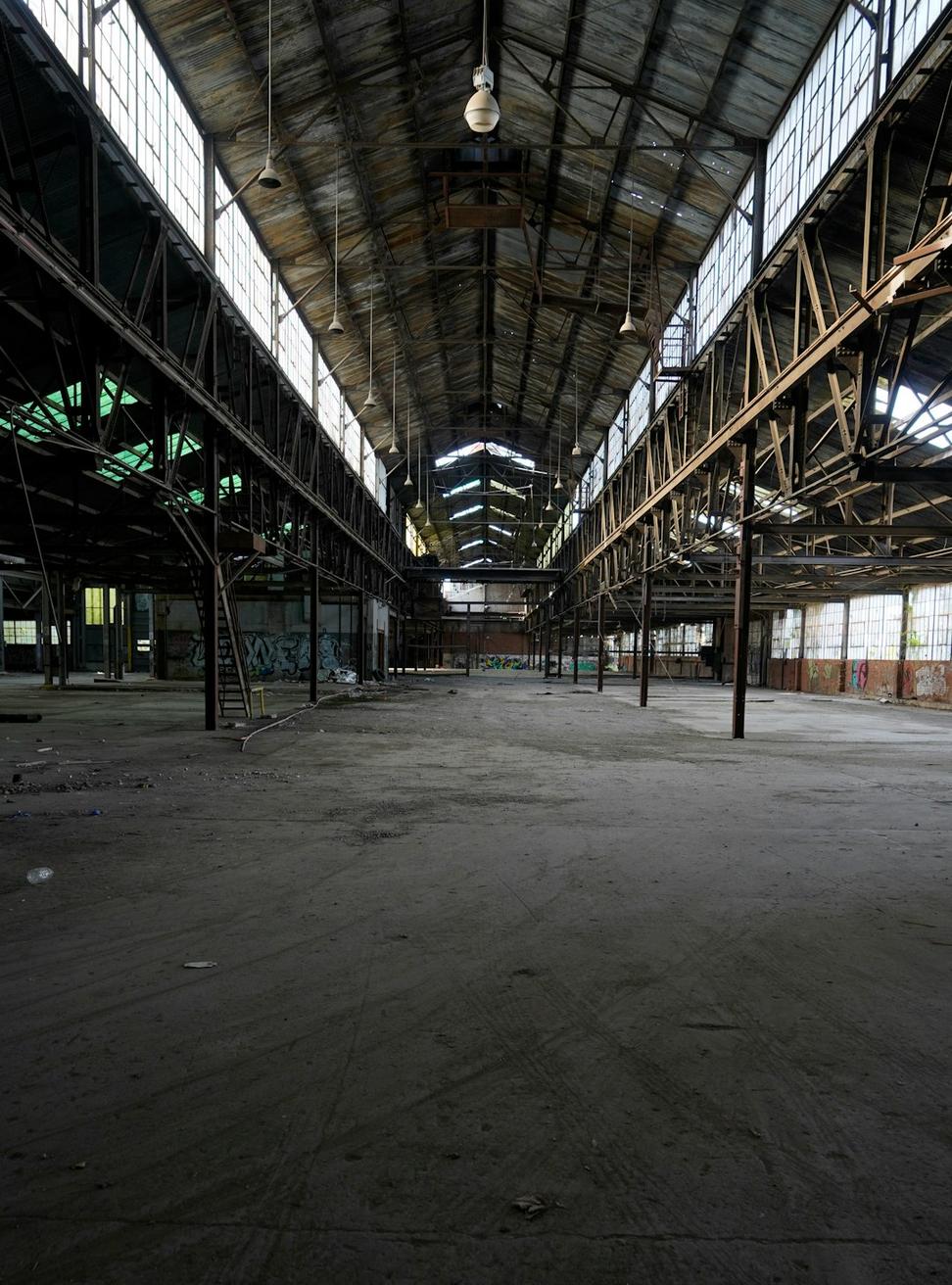
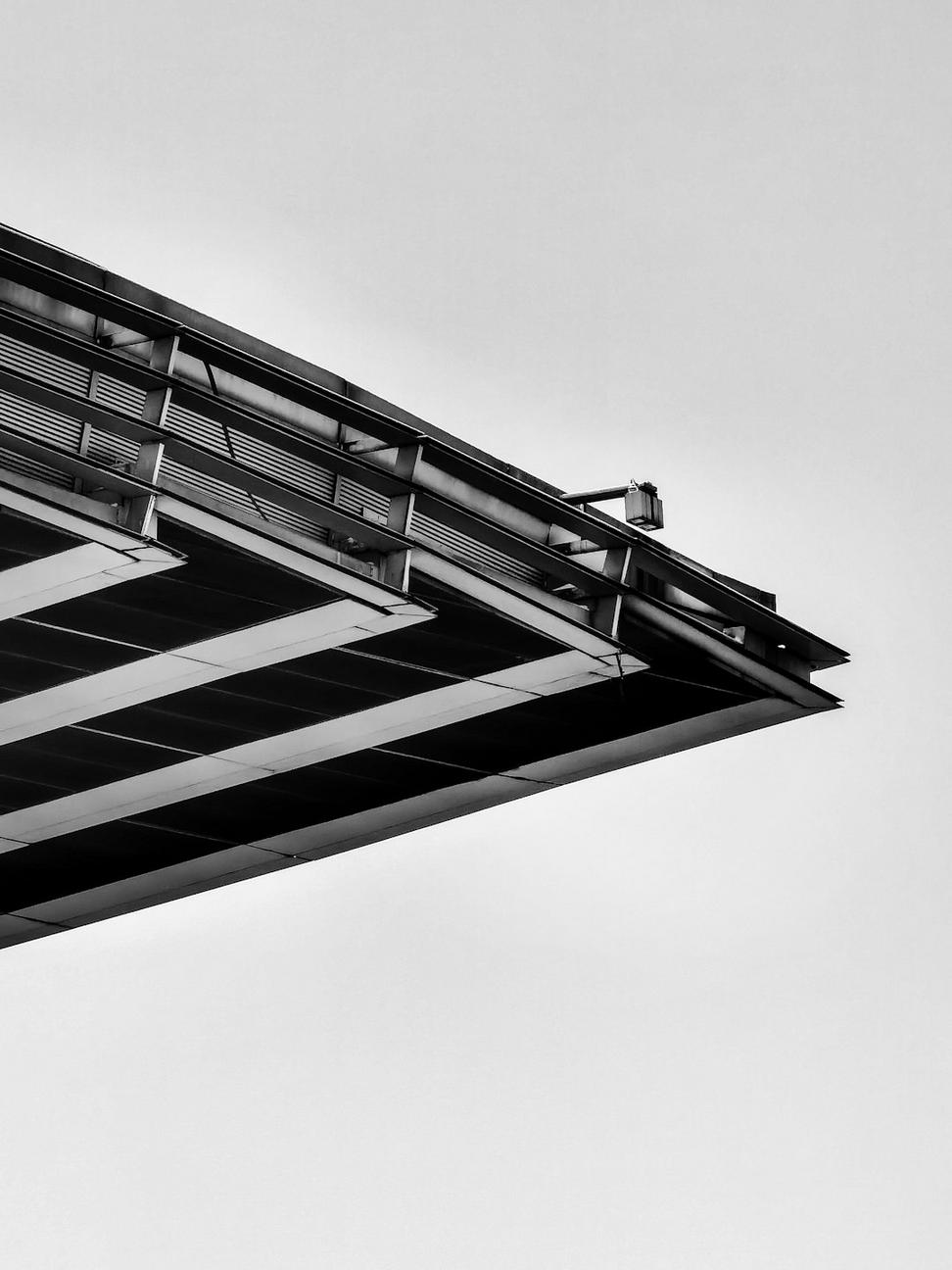
Strathcona Cannery Adaptive Reuse
This salmon cannery hadn't seen workers since the '70s. The steel framework was fighting a losing battle with the salt air, but the structure had good bones underneath all that corrosion.
We brought in a metallurgist to help us figure out what could stay and what had to go. Ended up keeping about 70% of the original steel - more than we expected, honestly. The old-growth timber posts? Those were gonna outlive all of us.
- Historic steel column restoration & protection
- Original overhead crane system preserved
- Industrial character maintained in loft conversion
- Historic machinery integrated as sculptural elements
Completed: June 2024 | Heritage Designation: Municipal
